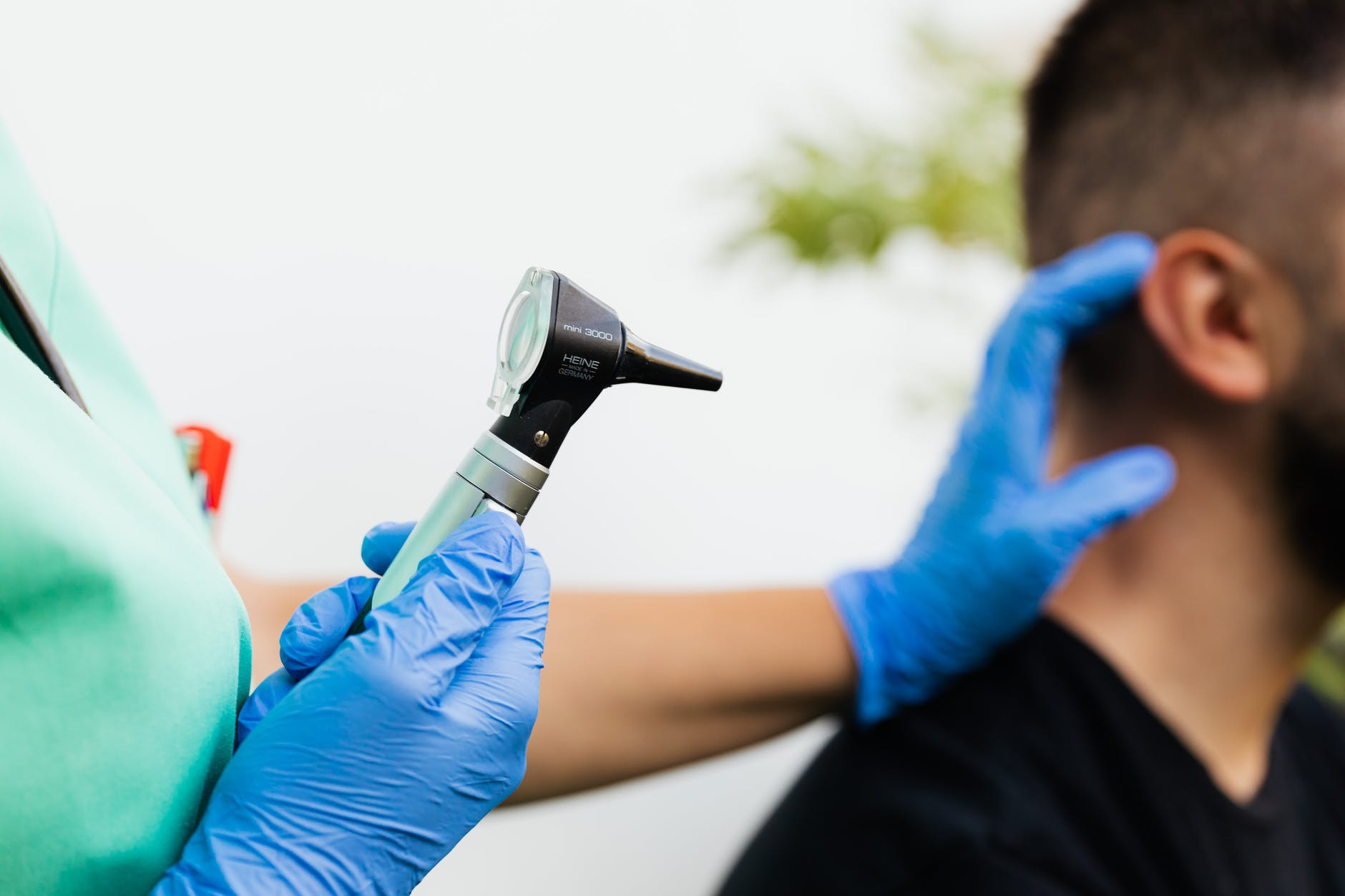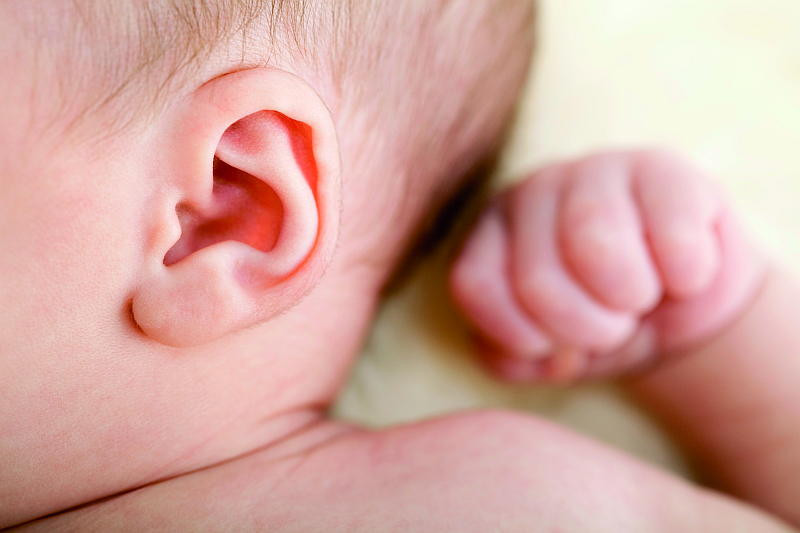Definition
The eustachian tube, a narrow canal connecting the upper throat to the middle ear (the area behind the eardrum), typically remains closed but opens during actions such as sneezing, swallowing, or yawning. This opening mechanism is essential for equalizing air pressure inside and outside the ear and draining fluid from the middle ear to the throat. However, the eustachian tube can sometimes become obstructed, a condition known as dysfunction.
Causes
The primary mechanisms behind eustachian tube dysfunction involve inflammation and the accumulation of fluid or mucus within the tube. Given its small size, the eustachian tube can easily become blocked for several reasons. The most common causes are allergies, upper respiratory tract infections, and sinus infections.
Changes in altitude can also induce ear problems, which may occur during activities such as:
- Mountain climbing
- Traveling in mountainous regions
- Boarding an airplane
- Using an elevator
Risk factor
While anyone can occasionally experience eustachian tube dysfunction, certain populations are at higher risk, including:
- Children. Their eustachian tubes are shorter and more horizontal than adults, making it easier for pathogens to reach the middle ear and for fluids to become trapped. Additionally, children's immune systems are not fully developed, rendering them more susceptible to frequent upper respiratory tract infections.
- Smokers. Smoking damages the cilia or small hairs in the ear, which are responsible for clearing mucus from the middle ear to the throat. When these small hairs are impaired, mucus could accumulate in the eustachian tube.
- People with obesity. Fat deposits around the eustachian tubes can contribute to eustachian tube dysfunction.
- Individuals with allergies. Allergies lead to excessive mucus production and swelling in the airway and tube linings.
Symptoms
Symptoms of Eustachian tube dysfunction include:
- A sensation of fullness in the ears
- Muffled hearing
- Popping or clicking sounds (children might describe this as an itchy sensation in the ears)
- Ear pain
- Tinnitus or ringing in the ears
- Hearing loss
- Occasionally, balance issues
These symptoms can intensify with changes in altitude, such as during airplane travel, elevator rides, mountain climbing, or driving in mountainous areas.
The duration of symptoms depends on the underlying cause. Eustachian tube dysfunction due to altitude changes typically resolves once the individuals return to areas at normal altitude. However, eustachian tube dysfunction stemming from infections or other conditions may result in more prolonged symptoms.
Diagnosis
The doctor will begin by taking a thorough medical history and inquiring about the symptoms. Subsequently, a comprehensive ear examination will be conducted, focusing on the ear canal, eardrum, nasal cavity, and throat. The doctor may use an otoscope or otomicroscope to examine the ears, which helps identify the eustachian tube opening condition.
An audiometric examination or tuning fork test may be performed to assess the severity of any associated hearing loss. Some patients with eustachian tube dysfunction might exhibit mild to moderate hearing loss.
Additionally, a nasopharyngoscopy, an examination of the nasopharynx, can be conducted to identify causes of eustachian tube dysfunction, such as inflammation around the eustachian tube, tumors or malignancies, scar tissue, or injuries.
Management
Treatment for eustachian tube dysfunction depends on the severity and underlying cause. Treatment options may include home remedies, over-the-counter medications, and prescription medicines. It's important to consult a doctor before starting any medication.
Symptoms of eustachian tube dysfunction often resolve on their own without any treatment. You can try several methods to help open the tubes, especially if a specific disease does not cause the dysfunction. These methods include swallowing, yawning, or chewing gum. To alleviate the sensation of fullness in your ears, take a deep breath, pinch your nostrils closed, and blow air with your mouth shut.
If your baby has eustachian tube dysfunction symptoms, try feeding them or offering a pacifier. This can stimulate the swallowing reflex, which may help open the eustachian tube.
If home remedies do not relieve the symptoms, a doctor may recommend treatments such as:
- Decongestant medications to reduce swelling in the eustachian tubes by narrowing the blood vessels.
- Treating allergies. It is important to identify and treat the allergies to reduce swelling of tube linings.
- Identify and avoid the triggers that could cause the allergies
- Antihistamines, like diphenhydramine and cetirizine, can be effective
- Steroid nasal sprays can be used to reduce inflammation in the mucosa of the tube
- Analgesic medications like acetaminophen and ibuprofen can help reduce ear pain.
- Antibiotics may be prescribed as ear drops, tablets, or both if an infection is suspected.
- In cases of severe inflammation, corticosteroids may be prescribed.
For severe eustachian tube dysfunction, certain medical procedures might be necessary, such as:
- One option is to make a small incision in the eardrum and use a tool to suck out the fluid in the middle ear, allowing the eustachian tube to deflate as the eardrum heals, typically within 1 to 3 days.
- Another procedure involves implanting a small tube in the eardrum to drain accumulated fluid from the middle ear. This is often done in children who frequently have ear infections, and the tube remains in place for up to 18 months before falling out on its own.
- A small balloon can be inserted using a flexible catheter through the nose into the eustachian tube and inflated to allow mucus and air trapped in the middle ear to exit the tube.
Ear candles are not recommended as they can cause serious injury, and no scientific evidence supports their effectiveness in treating eustachian tube dysfunction.
Complications
The most frequent complication of eustachian tube dysfunction is the recurrence of symptoms, especially if the underlying cause is not addressed. In severe cases, complications can include:
- Chronic or long-term middle ear infections
- Middle ear infections accompanied by fluid buildup, potentially lasting several weeks and causing permanent hearing loss in severe cases
- Retraction of the eardrum, where the eardrum is pulled back or retracted into the middle ear
Prevention
Reducing the risk of eustachian tube dysfunction involves treating conditions that can cause it, such as allergies, upper respiratory tract infections, and flu, which can block the tubes.
When to see a doctor?
Eustachian tube dysfunction is a common condition that often resolves on its own or can be managed with home remedies. However, in severe cases, if you are experiencing intense ear pain or symptoms persisting for more than two weeks, medical consultation is advised.
Parents should seek medical advice if their children exhibit the symptoms mentioned. Children are particularly susceptible to ear infections due to eustachian tube dysfunction, and the pain from this dysfunction can mimic an ear infection.
- dr. Yuliana Inosensia
Staff, f. (2022). Eustachian Tube Dysfunction: Causes, Symptoms and FDA Advice. familydoctor.org. Retrieved 4 March 2022, from https://familydoctor.org/condition/eustachian-tube-dysfunction/.
Eustachian Tube Dysfunction: Symptoms, Causes, and More. Healthline. (2022). Retrieved 4 March 2022, from https://www.healthline.com/health/eustachian-tube-dysfunction#outlook.
Treatments. Stanfordhealthcare.org. (2022). Retrieved 4 March 2022, from https://stanfordhealthcare.org/medical-conditions/ear-nose-and-throat/eustachian-tube-dysfunction/treatments.html.












